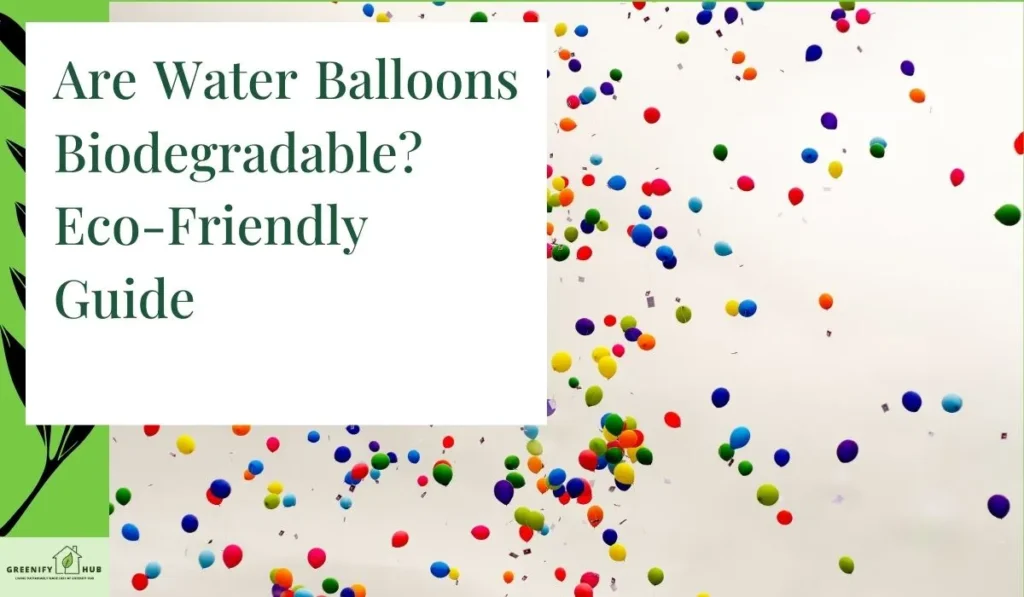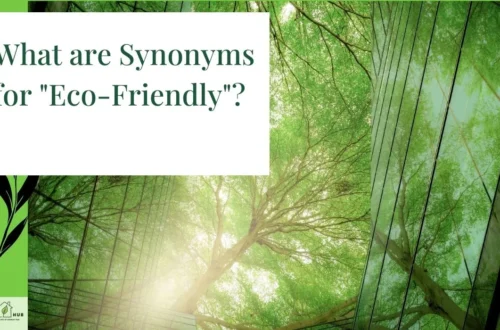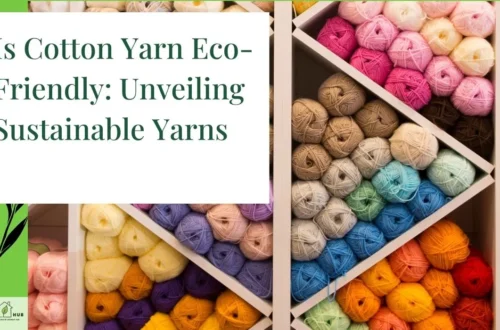Are Water Balloons Biodegradable? Eco-Friendly Guide

Did you know that over 1 billion water balloons are used in the U.S. alone every summer? While these colorful globes of fun bring joy to many, their impact on the environment raises a critical question – are water balloons biodegradable? In this article, we delve into the eco-friendliness of these popular party staples and explore sustainable alternatives for your next splash-filled gathering.
From backyard birthday bashes to epic water fights, water balloons have become synonymous with summer fun. But as concerns about plastic pollution grow, understanding the biodegradability of these festive items, such as traditional balloons, crochet water balloons, and water balloons, is crucial. Keep reading as we uncover the truth behind the environmental impact of water balloons and discover greener options to keep the fun going while protecting our planet.
Key Takeaways
- Opt for biodegradable water balloons to reduce environmental impact.
- Choose eco-friendly water balloon alternatives made from natural materials like recycled paper.
- Prioritize biodegradability in water balloons to prevent harm to wildlife and ecosystems.
- Consider the long-term effects of using non-biodegradable options on the environment.
- Make informed decisions by understanding the biodegradability of water balloons and their impact.
What is Biodegradability
Definition
Biodegradability refers to the ability of a substance to break down naturally into simpler, harmless compounds through the action of microorganisms.
Biodegradable materials can decompose over time, returning to the environment without causing harm or leaving behind toxic residues.
Importance
Biodegradable products play a crucial role in reducing environmental impact by minimizing waste accumulation and pollution. They help in preserving ecosystems and wildlife habitats by preventing long-term damage caused by non-biodegradable materials.
Biodegradability also contributes to sustainable practices, promoting a healthier planet for future generations.
Examples of Biodegradable Products
- Biodegradable plastics: These are derived from renewable sources like corn starch and can decompose naturally.
- Biodegradable packaging: Materials such as paper, cardboard, and certain types of plastics that break down easily.
- Biodegradable cleaning products: Eco-friendly detergents and soaps that do not harm the environment when disposed of.
Water Balloons and the Environment
Biodegradable Components
Water balloons, while providing fun and entertainment, can have detrimental effects on the environment due to their non-biodegradable nature. However, some water balloons are now made with biodegradable materials, reducing their environmental impact. These biodegradable components break down naturally over time, minimizing pollution.
Eco-Friendly Alternatives
Switching to eco-friendly alternatives for water balloon fun is crucial in preserving the environment. Opt for biodegradable water balloons that decompose harmlessly, reducing waste and pollution. Consider reusable water balloons made from sustainable materials for a more environmentally friendly option.
Impact on the Environment
Non-biodegradable water balloons pose a significant threat to the environment as they can take years to decompose fully. When left in nature, these balloons can harm wildlife by being mistaken for food or becoming entangled in animals’ habitats. This highlights the importance of choosing biodegradable options to protect ecosystems.
Environmental Consciousness
As awareness of environmental issues grows, individuals are increasingly seeking sustainable alternatives to traditional products like water balloons. By opting for biodegradable water balloons, consumers can enjoy the same level of entertainment while minimizing their ecological footprint. This shift towards eco-friendly choices reflects a broader commitment to environmental conservation.
Harmful Effects of Non-Biodegradable Options
Pollution Impact
Non-biodegradable water balloons pose a significant threat to the environment. They linger in ecosystems for extended periods, harming wildlife and contaminating water sources.
Environmental Damage
The use of non-biodegradable options results in long-lasting pollution. These materials can take hundreds of years to decompose fully, releasing harmful chemicals into the environment.
Statistics on Pollution
Statistics reveal the alarming impact of non-biodegradable materials on the environment. For instance, each year, millions of water balloons made from non-biodegradable substances end up in landfills or oceans.
Understanding Biodegradability in Water Balloons
Biodegradable Elements
Water balloons can be biodegradable if they are made from materials like natural latex or plant-based plastics. These materials break down naturally over time, reducing environmental impact. Biodegradable water balloons typically decompose within weeks to months.
Decomposition Process
Biodegradable water balloons decompose through microbial action, where bacteria and other microorganisms break down the material into simpler substances. In contrast, non-biodegradable water balloons, usually made of synthetic plastics, can take hundreds of years to degrade fully. The decomposition process of non-biodegradable balloons contributes significantly to pollution.
Common Misconceptions
One common misconception is that all water balloons are biodegradable, leading to improper disposal practices. It’s crucial to check the packaging or product information to ensure that the water balloons are indeed biodegradable. Another misconception is that biodegradable balloons decompose instantly upon contact with water, which is not accurate. They still require time and specific conditions to break down effectively.
Eco-Friendly Water Balloon Alternatives
Reusable Options
Reusable water balloons are a fantastic alternative to traditional single-use ones. Made from durable materials like silicone or recycled plastics, these balloons can be refilled and reused countless times. By opting for reusable options, you can significantly reduce waste generation.
Crochet reusable water balloons are another innovative choice. These eco-friendly alternatives are handmade with yarn or fabric scraps, offering a sustainable and charming option for water balloon fights. Not only are they biodegradable, but they also add a touch of creativity to the activity.
Benefits of Eco-Friendly Choices
Switching to biodegradable water balloons presents numerous benefits. Firstly, it helps in reducing plastic pollution, which is a significant environmental concern globally. By using materials that decompose naturally, you contribute to a cleaner environment and healthier ecosystems.
Moreover, eco-friendly water balloon options promote sustainability by encouraging conscious consumption habits. They serve as a reminder of the importance of choosing products that have minimal impact on the environment. Teaching children about the significance of eco-conscious choices through fun activities like water balloon fights can instill lifelong values.
Innovative Biodegradable Products
- Natural Rubber Balloons: Crafted from sustainably sourced rubber, these balloons decompose quickly without leaving harmful residues behind.
- Plant-Based Biodegradable Balloons: Made from materials like cornstarch or tapioca, these balloons break down naturally, making them an excellent choice for the environment.
- Edible Water Balloons: Some companies have developed edible water balloons made from seaweed extract or other plant-based ingredients. These balloons not only decompose rapidly but also offer a unique twist to traditional water balloon games.
How to Choose Eco-Friendly Water Balloons
Materials Comparison
When selecting eco-friendly water balloons, consider the material used in their production. Biodegradable balloons are made from natural rubber latex, which decomposes harmlessly in the environment.
Factors to Consider
Look for certifications such as the Biodegradable Products Institute (BPI) or USDA Certified Biobased Product labels. These indicate that the balloons meet specific environmental standards.
Environmental Impact
Opt for balloons made from renewable resources like natural rubber or plant-based materials. These options reduce plastic waste and pollution in water sources.
Biodegradability Rate
Consider the biodegradability rate of the water balloons. Some biodegradable options break down within weeks, while others may take months or years.
Tips for an Eco-Friendly Water Balloon Fight
Organizing
When planning a proper water balloon fight, opt for biodegradable balloons to minimize environmental impact. Encourage participants to bring their own refillable water bottles instead of using plastic disposable ones.
Consider setting up designated filling stations with large buckets of water to avoid excessive water usage and reduce plastic waste from individual water bottles.
Waste Reduction
To reduce waste during the eco-conscious water balloon fight, avoid using excessive amounts of balloons. Encourage participants to limit the number of balloons they use and focus on enjoying the activity rather than quantity.
After the event, encourage everyone to collect any leftover balloon pieces and dispose of them properly in designated recycling bins. This simple step can prevent balloon debris from ending up in oceans or natural habitats.
Clean-Up
For cleaning up after a proper water balloon fight, provide biodegradable bags for collecting balloon remnants. Assign volunteers to walk around the area and ensure all balloon pieces are picked up.
Consider organizing a post-event clean-up crew to thoroughly check the area for any missed balloon fragments, ensuring a thorough cleanup process. This proactive approach helps maintain the environment’s cleanliness and prevents wildlife from ingesting harmful materials.
The Future of Water Balloons
Sustainable Innovations
Biodegradable water balloons are the latest trend in eco-friendly water balloon technology. Made from natural materials, they break down harmlessly in the environment.
These biodegradable alternatives address the environmental concerns associated with traditional water balloons. They decompose quickly, reducing pollution and harm to wildlife.
Market Forecast
The market for biodegradable water balloons is expected to grow significantly in the coming years. Consumers are increasingly conscious of their environmental impact, driving the demand for sustainable products.
Companies are investing in research and development to improve the quality and availability of biodegradable water balloons. This shift towards sustainability is reshaping the water balloon industry.
Environmental Impact
The rise of biodegradable water balloons has a positive impact on the environment. By using these eco-friendly options, consumers can enjoy water balloon fights without worrying about long-term pollution.
Traditional water balloons, when left behind after a battle, contribute to plastic waste that can harm ecosystems. Biodegradable alternatives offer a solution to this problem.
Summary
You now understand the importance of using biodegradable water balloons to protect the environment. Non-biodegradable options pose a significant threat, but by opting for eco-friendly alternatives, you can enjoy water balloon fights guilt-free. Make sure to consider the materials used, such as natural latex or compostable options, when choosing your next set of water balloons. By following the tips provided and being mindful of your impact, you can contribute to a cleaner and safer planet for all.
Remember, every small choice you make can have a big impact. So, next time you gear up for a water balloon fight, choose biodegradable options and encourage others to do the same. Let’s have fun responsibly and help preserve our environment for future generations.





